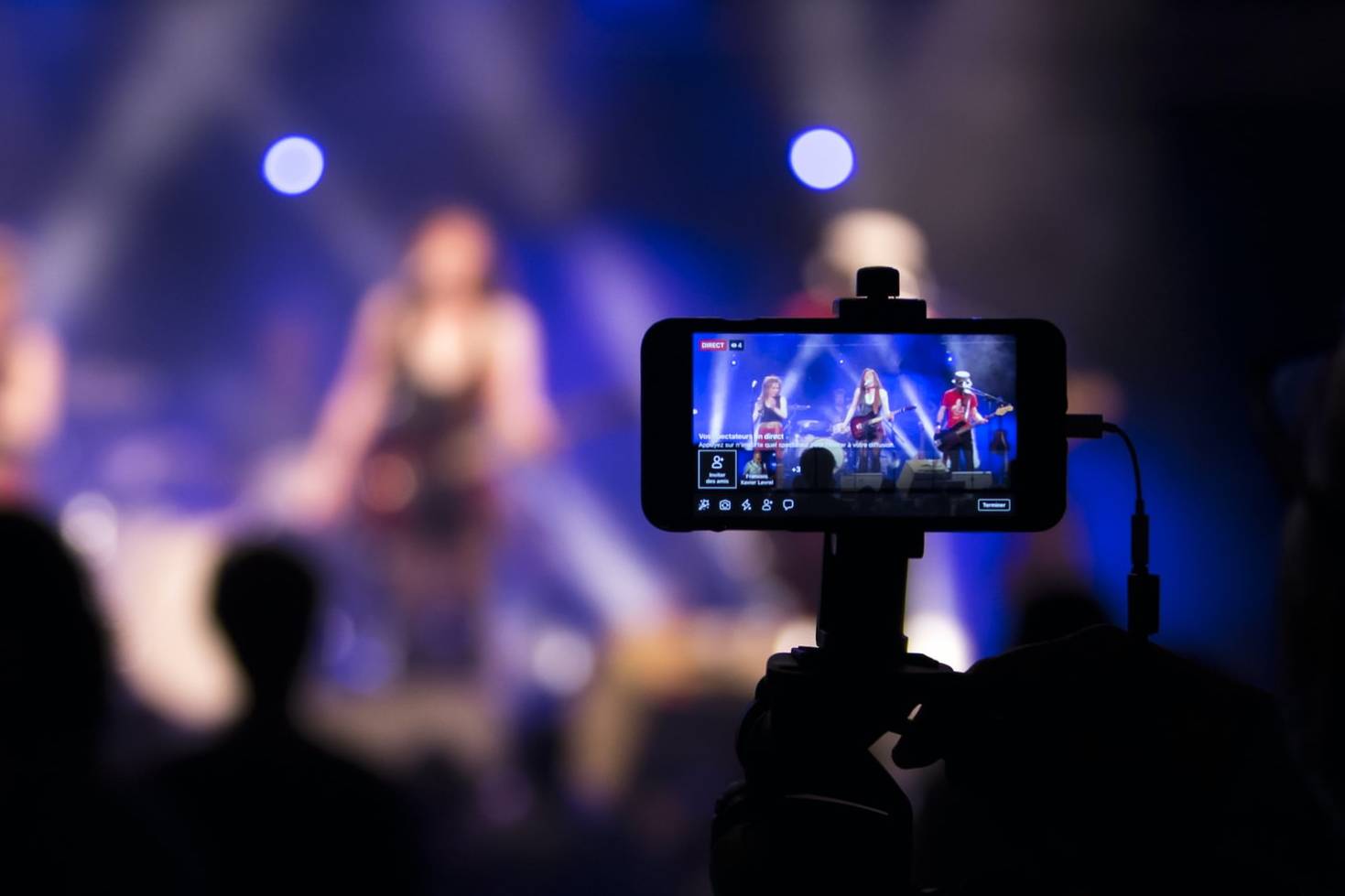

We may earn revenue from the products available on this page and participate in affiliate programs. Learn more ›
This story has been updated. It was originally published on April 15, 2020.
Livestreaming is social media on steroids—sharing a live video feed of what you’re doing is well beyond sharing carefully curated photos and videos. It’s the difference between live TV news and sitcom reruns.
If the idea doesn’t instantly make you uncomfortable, you can use livestreaming for all kinds of purposes. You can have your own show, share an experience with your friends as it happens, lead a workout routine for people to do at home, deliver an announcement to multiple colleagues at once, host a virtual gig, and much more.
All the major social apps include livestreaming capabilities, and any followers who want to can tune in. Before you jump in, though, it’s important to know what you can do and how many people will be able to see it.
The usual security and privacy warnings apply here: Be careful about sharing any sensitive information in your video (including your phone number, address, and financial information), especially if you’re broadcasting to more than a few specific people.
How to livestream on Facebook

To start a Facebook livestream, fire up the mobile app and go to post composer on the page, profile, group, or event where you want to publish the stream. Next, tap Live to go to a preview screen. The audience selector is at the top—you can pick all your Facebook friends, just a few, or broadcast to a group you’re part of. Alternatively, you can make the broadcast public, so anyone can watch, with or without a Facebook account.
Farther down the screen, you can add a description to your livestream, tag places or people, or add a filter or two to the feed. When everything is set up the way you want, tap on Start Live Video to begin broadcasting.
Some of the options and effects, such as the ability to draw on screen, remain active while you’re recording. You’ll be able to see comments and reactions from people watching your video while it’s live, give access to the feed to certain friends (if it’s not available to everyone), and add your own comments, too.
When you’re done, tap Finish, and you’ll get the option to post the video to your timeline for posterity, with the audience settings remaining the same. You’ll also have the option to tap Share and send the footage to a specific group of people. If you’d rather the world never saw your livestream again, you can always hit Delete.
Start an Instagram Live

From the Instagram mobile app, tap the plus icon at the top of the screen, then choose Live from the emerging menu. At the top of the next screen, you’ll see which of your friends are currently online—to make sure you have your desired audience—and the option to add filters is at the bottom, if you’d like.
Press the shutter button to start broadcasting. Depending on your followers’ app settings, they’ll get a push notification informing them you’re streaming live, and friends who are online will see a Live badge with your avatar inside it at the top of their Instagram feed. Down at the bottom of the livestream, you’ll see icons for commenting on your feed. You can reply to viewer questions, invite other users to share their own videos alongside yours, and pin a comment so people joining the stream late can see it.
[Related: 8 creative ways to add flair to your Instagram Stories]
When you’ve had enough, tap End, then End Video. You’ll see a screen telling you how many people tuned in, and the app will give you the option to share the broadcast as a regular Instagram Story (it’ll be up for 24 hours) or delete it completely.
In terms of privacy, this feature follows the same rules as Stories: You can block specific people from seeing your livestream by tapping the cog icon (top left), followed by Live, before starting a broadcast. If you have a public account, though, anyone with an Instagram account will be able to see your livestreams—just like they can see your posts and stories. To avoid this, you can make your account private by going to your profile, tapping the three lines in the top right, followed by Settings and Privacy. Finally, toggle on the switch next to Private Account at the top of the page.
How to livestream on Twitter

You can only livestream on Twitter’s mobile app. To start, tap the blue compose icon in the bottom right, then the Camera icon, followed by Live. If you want, you can add a description and a location to the stream using the options at the top. Tap Go LIVE to start broadcasting.
While you’re live, you can see how many people are viewing your feed and post messages on top of the feed using the icons at the bottom. To stop the stream, tap the cross icon in the top left-hand corner, then Stop Broadcast. You’ll get the chance to tweet out the video again for people who couldn’t tune in.
The Invite Friends button on the livestream page lets you invite up to three other people to share their video and audio as part of the livestream. Viewers can request to do this as well, which is what the Guests ON and Guests OFF toggle switch (the smiley faces icon) is for.
Livestreams work just like tweets in terms of visibility—they’ll appear everywhere on Twitter, and anyone can see them, even if they don’t have a Twitter account. If you’re using a private Twitter account (where followers must be specifically approved), you won’t get the option to livestream.
